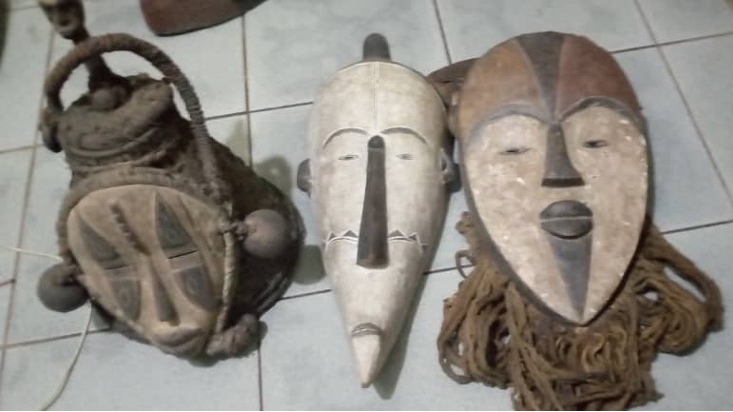African Heritage Art Collection

Hillsboro Associates works directly with the Village and Tribal Communities along with the Ministry of Culture Arts in each region to get these priceless pieces of art into the public.
However, when it comes to tribal African artwork, there may be additional considerations to keep in mind, such as cultural sensitivities and ownership rights.
If the artworks are considered cultural heritage or sacred objects, there may be restrictions on their display and handling, and the compensation for exhibiting them may be subject to negotiation with the relevant cultural authorities or community representatives.
Additionally, the ownership rights of tribal African artwork may be complex and may involve issues of repatriation and restitution. Museums may have to engage in careful due diligence to ensure that the artworks were acquired ethically and legally, and that their display does not cause offense or harm to the communities of origin.
Therefore, it is important to approach the exhibition of tribal African artwork with sensitivity, respect, and a deep understanding of the cultural, historical, and legal context. It is recommended that artists and museums consult with experts in the field of tribal African art and culture to ensure that the exhibition and compensation arrangements are appropriate and ethical.
What type of ownership records are required to show proof of ownership?
The type of ownership records required to show proof of ownership of artwork may vary depending on the nature and history of the artwork, as well as the legal requirements of the country where the artwork is located or where it is intended to be sold or exhibited. However, some common types of ownership records that may be used as evidence of ownership include:
1. Bill of sale: This is a legal document that records the transfer of ownership of the artwork from the seller to the buyer. It typically includes the names and addresses of both parties, a description of the artwork, the sale price, and the date of sale.
2. Certificate of authenticity: This is a document issued by the artist or an expert in the field that certifies the artwork as an original work by the artist. It may include the artist's signature, a description of the artwork, and any relevant provenance information.
3. Receipts and invoices: These documents provide evidence of purchase or sale of the artwork and may include information such as the names and addresses of both parties, the price paid, and the date of the transaction.
4. Appraisal reports: These documents provide an expert opinion on the value and authenticity of the artwork and may include information such as the artist's name, a description of the artwork, and an estimate of its fair market value.
5. Insurance policies: These documents may provide evidence of ownership and value of the artwork, as well as the name and contact information of the insured party.
6. Exhibition and loan agreements: These documents may provide evidence of ownership and loan arrangements for the artwork, as well as any restrictions on its display or handling. It is important to note that different countries and jurisdictions may have different legal requirements and standards for proving ownership of artwork. It is recommended that artwork owners consult with legal experts and appraisers to ensure that they have adequate documentation and evidence of ownership.
We have created a system to ensure legal placement of heritage arts and artifacts.

